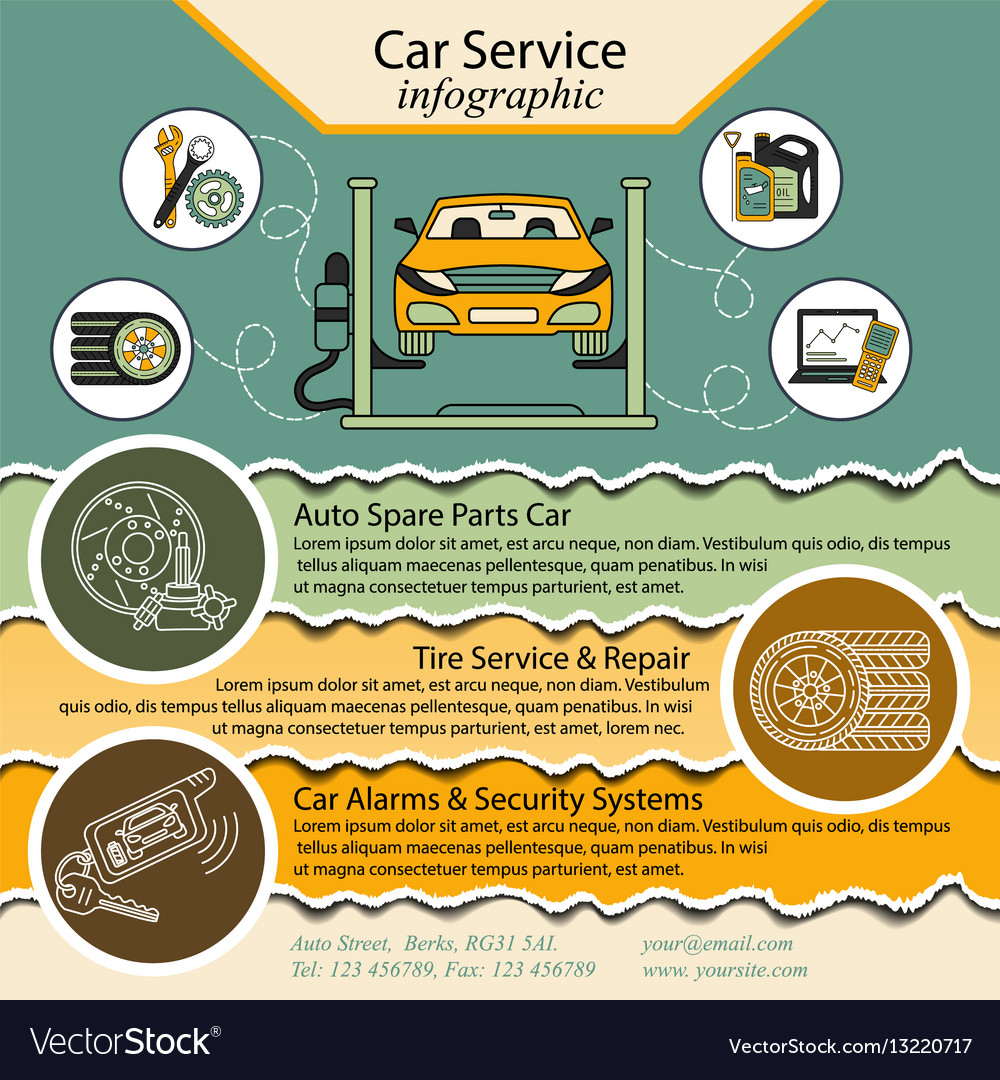Wondering About The Definition Behind Those Dashboard Warning Lights? Gain Understandings Into Their Ramifications For Your Vehicle'S Safety And Upkeep
Wondering About The Definition Behind Those Dashboard Warning Lights? Gain Understandings Into Their Ramifications For Your Vehicle'S Safety And Upkeep
Blog Article
Web Content Author-Vinson Forbes
When you lag the wheel, those radiant warning lights on your control panel can be a bit complicated. Do you understand what they're attempting to tell you concerning your cars and truck's health? Understanding the significance of these lights is crucial for your security and the durability of your vehicle. So, the following time one of those lights turns up, wouldn't you intend to decipher its message properly and take the essential actions to resolve it?
Common Warning Lighting and Interpretations
Determine usual caution lights in your vehicle and comprehend their significances to make sure risk-free driving.
One of the most regular caution lights include the check engine light, which signifies issues with the engine or emissions system. If this light begins, it's important to have your car checked immediately.
The oil pressure advising light indicates reduced oil stress, calling for instant focus to avoid engine damages.
A flashing battery light may suggest a malfunctioning billing system, possibly leaving you stranded otherwise attended to.
The tire pressure surveillance system (TPMS) light informs you to low tire pressure, affecting vehicle stability and gas effectiveness. Ignoring this could bring about unsafe driving problems.
The abdominal muscle light shows a trouble with the anti-lock stopping system, jeopardizing your capacity to quit rapidly in emergency situations.
Finally, the coolant temperature level advising light warns of engine getting too hot, which can cause extreme damages otherwise dealt with swiftly.
Recognizing these common warning lights will aid you address concerns quickly and preserve safe driving conditions.
Significance of Prompt Interest
Recognizing the usual warning lights in your automobile is only the first step; the value of promptly addressing these warnings can not be highlighted enough to ensure your safety when driving.
When a caution light brightens on your dashboard, it's your automobile's method of communicating a prospective problem that requires focus. Disregarding these warnings can lead to a lot more extreme problems later on, endangering your safety and security and potentially costing you more out of commission.
Trigger interest to cautioning lights can prevent breakdowns and accidents. For instance, a flashing check engine light might indicate a misfire that, if left ignored, could cause damage to the catalytic converter. Addressing this immediately can save you from an expensive repair work.
In a similar way, a brake system advising light might indicate low brake liquid or used brake pads, essential components for your security when driving.
DIY Troubleshooting Tips
If you discover a warning light on your dashboard, there are a few DIY fixing suggestions you can try prior to seeking specialist assistance.
The initial step is to consult your car's manual to recognize what the particular caution light suggests. In some cases the problem can be as straightforward as a loose gas cap activating the check engine light. Tightening the gas cap might solve the issue.
An additional common issue is a reduced battery, which can set off different alerting lights. Examining the battery connections for deterioration and guaranteeing they're safe and secure may deal with the problem.
If a warning light continues, you can attempt resetting it by disconnecting the cars and truck's battery for a couple of mins and after that reconnecting it. In addition, inspecting your automobile's liquid degrees, such as oil, coolant, and brake liquid, can aid troubleshoot cautioning lights associated with these systems.
Conclusion
Finally, comprehending your auto's caution lights is essential for keeping your car running smoothly and securely. By quickly dealing with these alerts and understanding what they indicate, you can prevent expensive fixings and potential break downs.
Remember to consult eastcoastdetailingnz for specific information on each alerting light and take action appropriately to ensure a trouble-free driving experience.
Remain educated, stay secure on the road!
